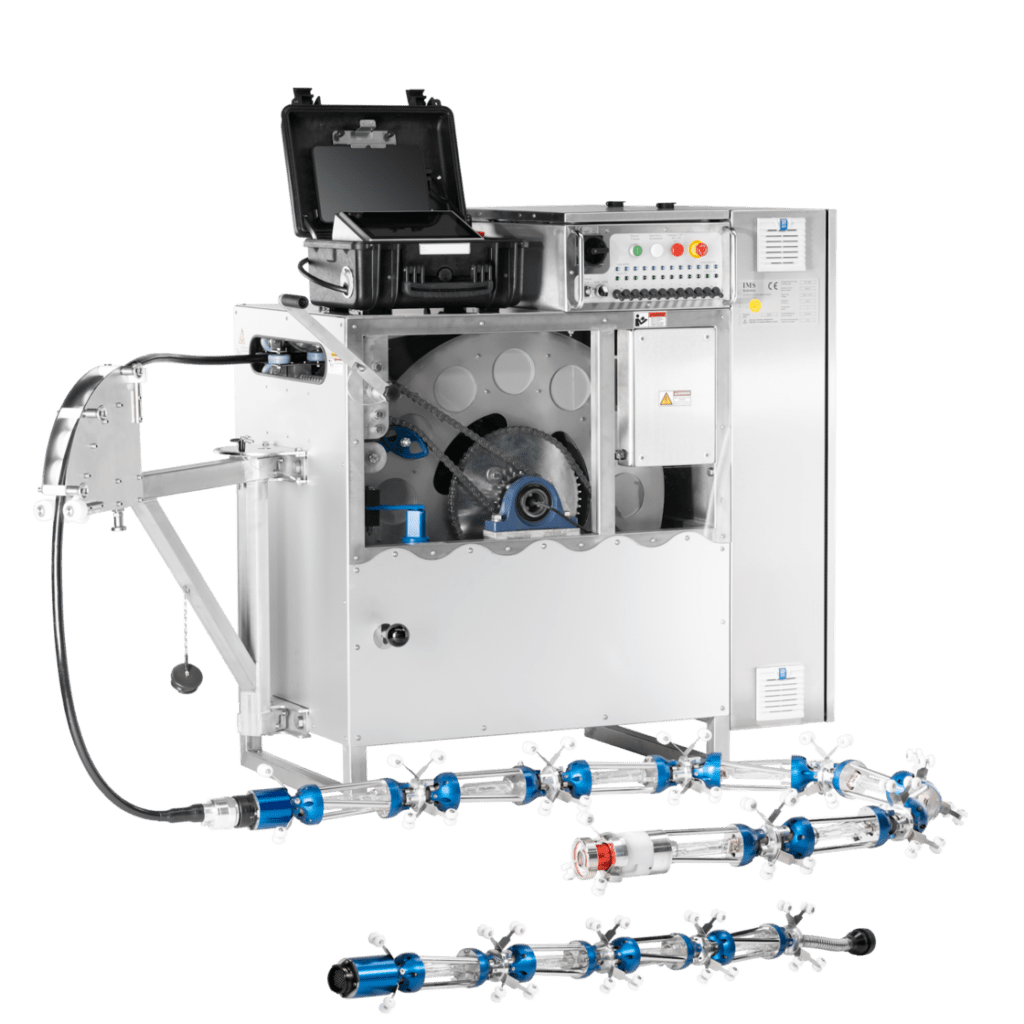Equipment you need for Sewer Inspections

Sewer Inspection equipment is a useful and needed tool to maintain pipes and minimise the risk of unwanted damage. However, pipes aren’t all designed to allow human eyes to see any problems; this is where specially-made tools with modern technology are needed to be our eyes within the pipelines as they’re small and flexible enough […]
Main Causes for Sewer Damage

Sewers withstand a lot; they’re built to transport, process, collect and sort through human waste, debris, rainwater and other materials. But like everything, they begin to break or sag over time due to the general wear and tear, as they can only withstand so much. Sewers go through a lot of wear and tear, but […]
How Fats, Oils and Grease can affect sewer inspections

How do fats oils and grease affect sewers? Fats, oils and grease are one of the most harmful types of waste going down drains. Cooking and Food preparation in households are the main source, as well as commercial restaurants and takeaway establishments. Many dispose of fats, oils and grease properly by emptying them into tubs, […]
What is the CIPP Lining Process?

What is CIPP? Cured In Place Pipe (CIPP) lining is a way to repair an existing pipe with a textile liner tube and a liquid resin. The process of CIPP lining is non-invasive, as it can be done without digging up the area to fix the pipe, making it environmentally friendly and a popular method […]
